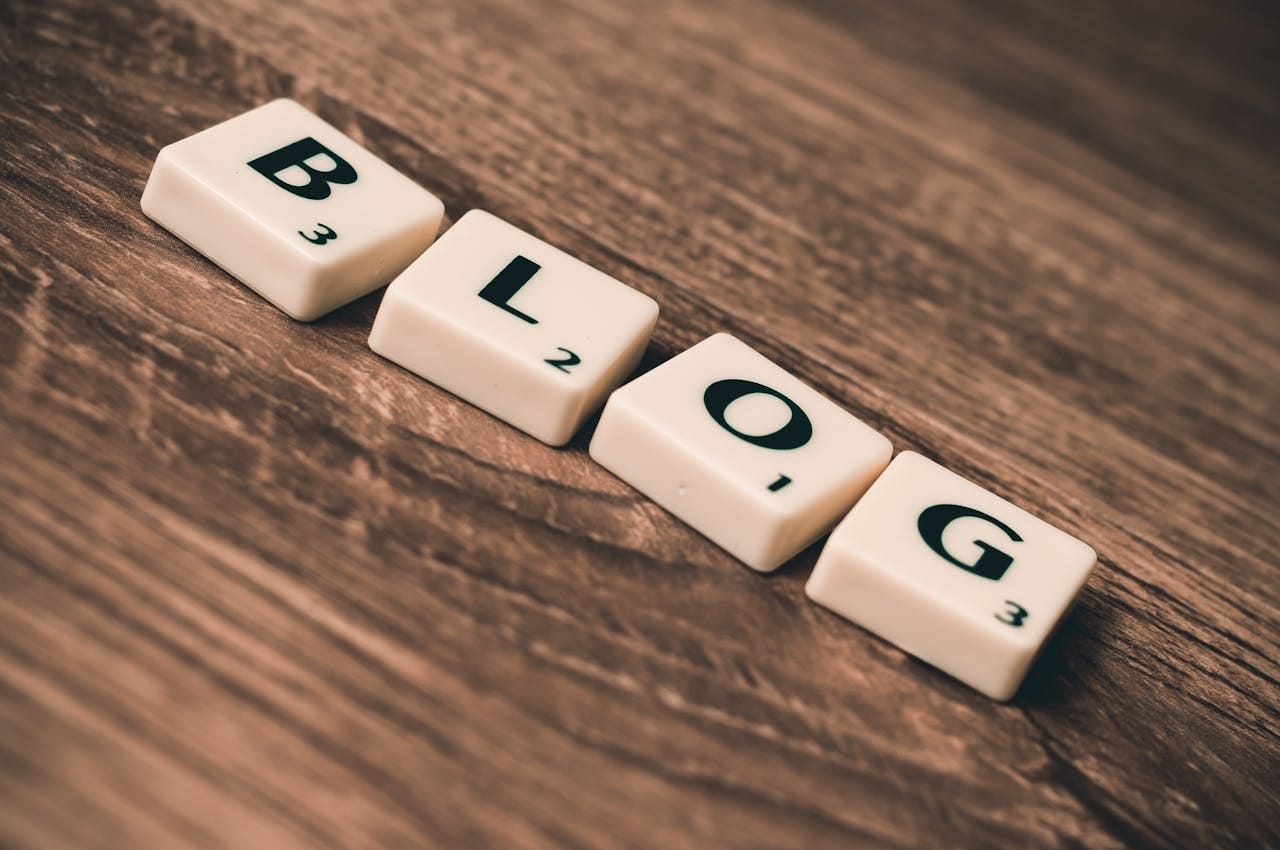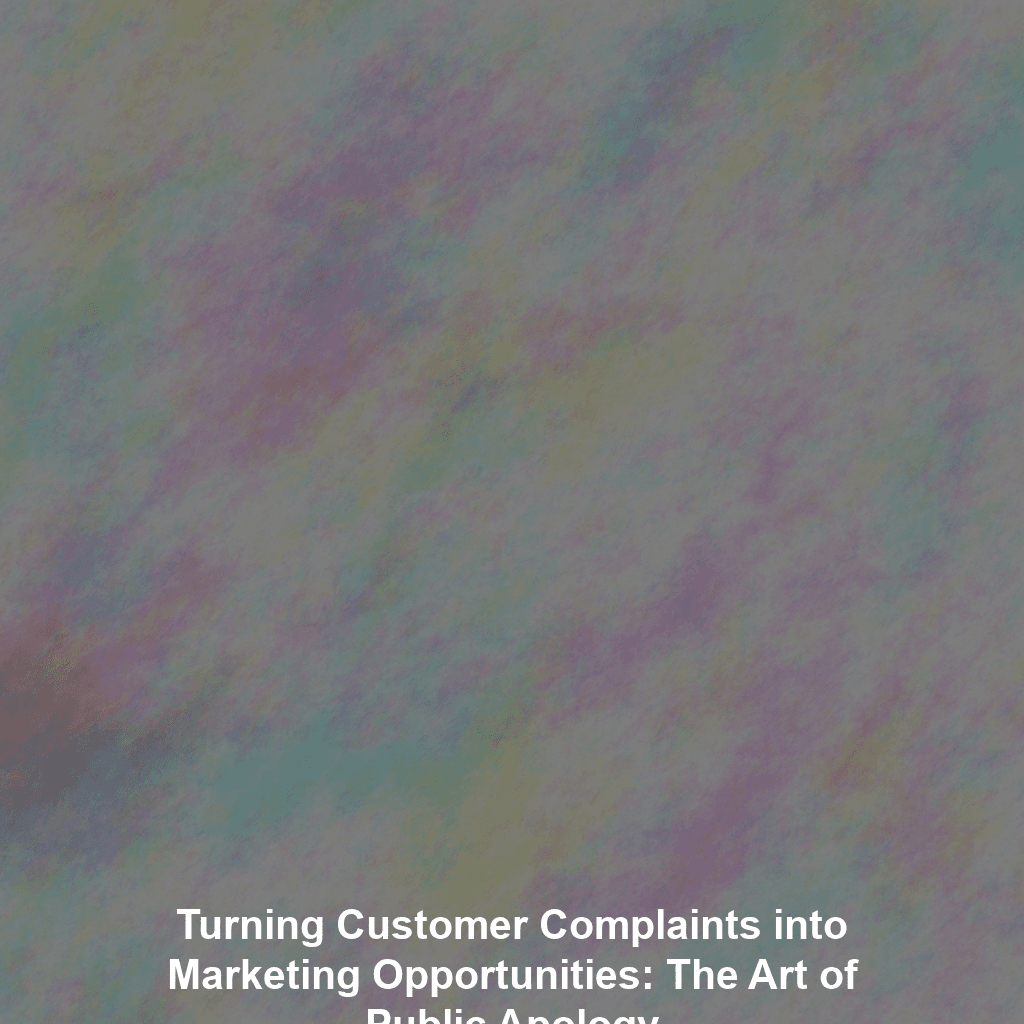In the wild world of marketing, we’re often told to focus on the positive. Highlight the wins, amplify the success stories, and brush the negative under the rug. But what if I told you that embracing negativity – specifically, customer complaints – could be one of the most powerful, and frankly, weird, marketing tricks in your arsenal? Forget hiding from criticism; learn to weaponize it with the art of the public apology. Sounds counterintuitive? Absolutely. Effective? You bet.
Why Public Apologies Are Secret Growth Hacks
Let’s face it: every company messes up. Products fail, services falter, and sometimes, a tweet goes horribly wrong. What separates thriving businesses from those that fade into obscurity isn’t perfection, but how they handle those inevitable slip-ups. A well-executed public apology can transform a potential PR disaster into a testament to your company’s integrity and commitment to customer satisfaction. It’s about turning lemons into lemonade, but with a dash of marketing magic.
The Power of Transparency
In today’s hyper-connected world, transparency is king. Customers are savvier than ever and can sniff out insincerity from a mile away. A public apology shows that you’re not afraid to own your mistakes and that you value your customers’ opinions. This vulnerability builds trust and strengthens the relationship, paving the way for increased loyalty and positive word-of-mouth.
Showcasing Exceptional Customer Service
Think of a public apology as a live demonstration of your customer service principles. It’s your chance to show the world how you handle challenging situations with grace, empathy, and a commitment to resolution. This display can attract new customers who appreciate your proactive approach and reassure existing customers that their satisfaction is your top priority. For example, if a software company has a major outage, a timely and sincere apology, coupled with detailed information about the fix and compensation for affected users, can actually *improve* their reputation.
Building Brand Loyalty Through Authenticity
Authenticity is the buzzword of the decade, and for good reason. Customers are tired of corporate jargon and manufactured perfection. A genuine apology, even a public one, can humanize your brand and make you more relatable. When customers see that you’re willing to admit your mistakes and learn from them, they’re more likely to forgive those mistakes and stick with you in the long run. This fosters a deeper connection and transforms customers into loyal advocates.
The Anatomy of a Killer Public Apology
So, how do you craft a public apology that actually works? It’s not just about saying “sorry.” Here’s a breakdown of the key elements:
Acknowledge the Mistake Clearly and Concisely
Don’t beat around the bush. State the problem clearly and own up to it. Avoid vague language or attempts to deflect blame. For example, instead of saying “We experienced some issues,” say “We are deeply sorry that our recent system upgrade caused significant disruptions to your service.”
Express Genuine Empathy
Show that you understand the impact of your mistake on your customers. Use empathetic language and acknowledge their frustration, inconvenience, or disappointment. Put yourself in their shoes and communicate that you genuinely care about their experience.
Take Responsibility and Avoid Excuses
This is crucial. Avoid making excuses or blaming external factors. Even if there were contributing circumstances, focus on your responsibility for the outcome. Customers want to see that you’re accountable for your actions.
Outline Concrete Steps for Resolution
Don’t just apologize; offer solutions. Explain what steps you’re taking to fix the problem and prevent it from happening again. Be specific and transparent about your plan of action.
Offer Compensation or Restitution (If Appropriate)
Depending on the severity of the situation, consider offering compensation or restitution to affected customers. This could include refunds, discounts, free products, or other forms of value that demonstrate your commitment to making things right.
Maintain Consistent Communication
Keep your customers informed throughout the resolution process. Provide regular updates on your progress and be responsive to their questions and concerns. This shows that you’re actively working to address the issue and that you value their feedback.
Examples of Public Apologies Done Right (and Wrong)
The internet is littered with examples of public apologies, both good and bad. One infamous example of a poorly handled apology is from United Airlines, whose initial response to the passenger removal incident was widely criticized for being insensitive and blaming the victim. On the other hand, companies like Buffer, known for their transparency, have been praised for their honest and proactive responses to security breaches and service disruptions.
Study these examples and learn from their mistakes and successes. Pay attention to the tone, language, and actions taken in each case, and adapt them to your own situation.
Beyond the Apology: Turning Negativity into Long-Term Gains
A public apology isn’t just about damage control; it’s about building a stronger, more resilient brand. Here’s how to leverage the opportunity for long-term growth:
Analyze the Root Cause and Prevent Future Issues
Use the feedback from the incident to identify the root cause of the problem and implement changes to prevent similar issues from happening again. This shows that you’re not just paying lip service to customer satisfaction; you’re actively working to improve your products and services.
Involve Customers in the Solution
Consider involving customers in the solution process. Solicit their feedback on proposed changes and incorporate their suggestions where possible. This demonstrates that you value their input and are committed to building a product or service that meets their needs.
Turn Detractors into Advocates
Focus on turning unhappy customers into brand advocates. By providing exceptional customer service and going above and beyond to resolve their issues, you can transform them into loyal supporters who will spread positive word-of-mouth.
Conclusion: Embrace the Weird, Reap the Rewards
Turning customer complaints into marketing opportunities with public apologies might seem like a weird and counterintuitive strategy. But in a world where authenticity and transparency are highly valued, it can be a powerful way to build trust, showcase exceptional customer service, and foster long-term brand loyalty. So, embrace the negativity, craft your apologies carefully, and watch your brand thrive.
 Skip to content
Skip to content

